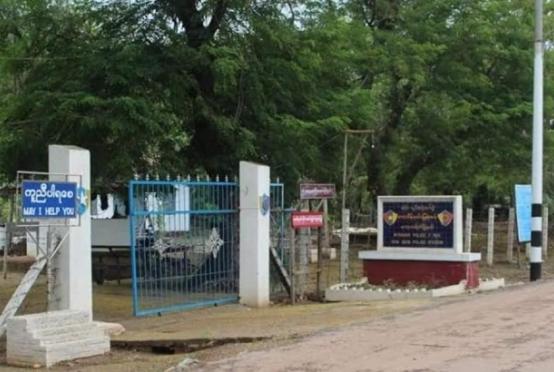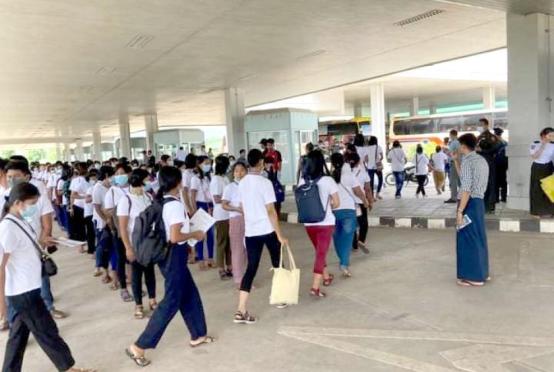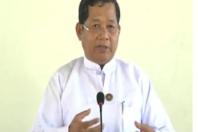THIMPHU (Kuensel/ANN) - The Conservation Assured Tiger Standards (CA|TS) accreditation certificate was awarded to the Royal Manas National Park (RMNP) and Jigme Singye Wangchuck National Park (JSWNP) in Thimphu.
The Royal Manas National Park (RMNP) and Jigme Singye Wangchuck National Park (JSWNP) were awarded the Conservation Assured Tiger Standards (CA|TS) accreditation certificate in Thimphu on December 3.
CA|TS is a set of criteria which allows tiger sites to check if their management will lead to successful tiger conservation. It is organised under seven pillars and 17 elements of critical management activity.
Officially launched in 2013, CA|TS is an integral part of Tx2, the global goal to double wild tiger numbers by the year 2022. Bhutan is one of the 13 countries working towards Tx2. From 2010 to 2016, Bhutan achieved the target with the number of tigers increasing from 10 to 22.
Country director of World Wildlife Fund (WWF), Dechen Dorji said: “As we near the target year 2022, it is time to reflect on how close we are in achieving the goal. It also ensures our collective efforts towards tiger conservation.”
The certification of RMNP and JSWNP, which joins four other CA|TS approved sites in tiger range countries signifies that the two parks have the highest global standards of tiger conservation. The decision comes after independent evaluation process was first reviewed by the national committee and then submitted to the CA|TS executive committee for final decision.
The oldest park in the country, RMNP is a crucial tiger habitat with 64 tigers recorded till date through camera trap surveys. About 26 were found to be trans-border in nature.
JSWNP is identified as a source site for tigers and have connectivity with the RMNP, according to the chief of nature conservation division, Sonam Wangdi.
Reminding about the rising threat to biodiversity from changing climate and human activities in recent years, the director of forest department, Lobzang Dorji, who is also the first chair of the CA|TS council said that the accreditation was a milestone in Bhutan’s conservation journey.
“Being mindful of the significance of area outside protected areas for tiger conservation, Bhutan will soon implement CA|TS in three territorial forest divisions which are important tiger habitats,” Lobzang Dorji said.
Zhemgang, Sarpang and Paro forest divisions were chosen for the CA|TS implementation in coming years. It is because part of these divisions fall within the tiger habitat.
However, the director said that although Bhutan boasts about 50 percent of protected areas, the country must assure quality management in these areas.
Reports have shown that tiger numbers have declined by over 95 percent and currently, there are only around 3,900 wild tigers left in the world.
According to WWF, studies have shown that tiger numbers can continue to decline in protected areas, particularly due to bush meat (tiger prey) hunting or the poaching of tigers themselves for trophies, traditional medicines and other illegal activities.
CA|TS is the first tool which provides clarity on management of tiger sites and encourages further development and sharing of best practice across the tiger range countries. It works in partnership with governments and conservation organisations.
Of the 112 global sites surveyed, only 12.5 per cent was currently able to meet the full CA|TS criteria. Meanwhile, only 13 per cent of the tiger conservation areas met the global standards of an accreditation system.
Till date, CA|TS is implemented across 70 sites in seven tiger range countries.
With a record of nine cat species in the country out of which four are globally threatened, Bhutan adopted CA|TS in 2016.
Bhutan concluded the national tiger survey in 2015 that found an estimated 103 tigers. The next survey will take place in 2020.
















